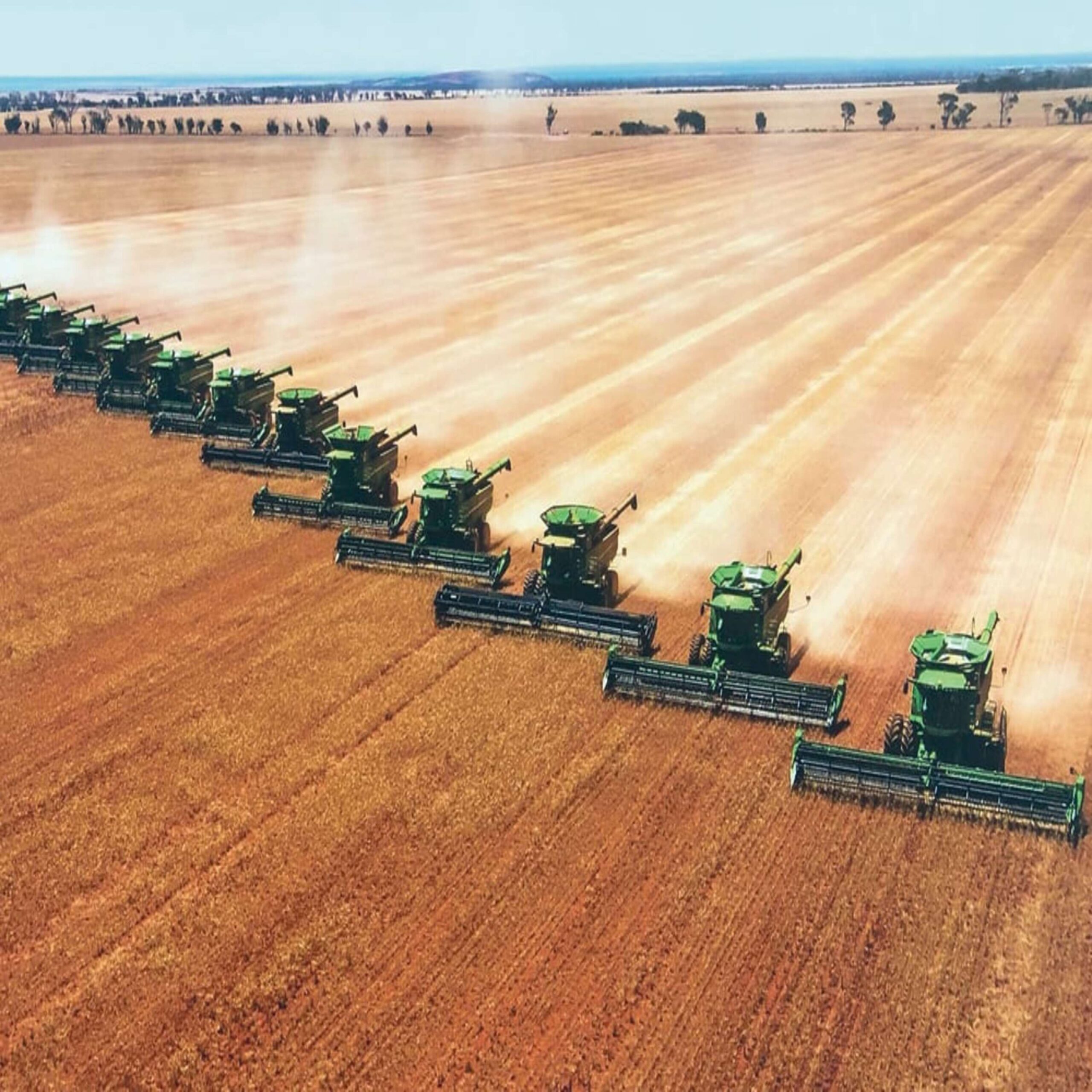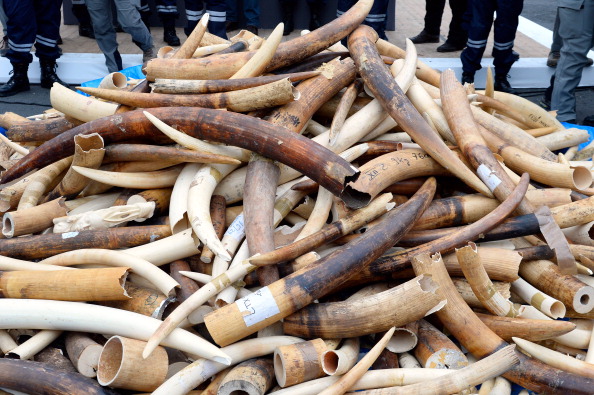Description
What are African elephant tusks?
The tusks of elephants are elongated incisor teeth and are made of Ivory. One-third of an elephant’s tusk is hidden from view and is embedded deep in the elephant’s head. This part of the elephant’s tusks is a pulp cavity made up of nerves, tissues, and blood whereas the visible part of the elephant tusk is made up of dentine with an outer layer of enamel.
Are tusks found on both male and female African elephants?
For African elephants, tusks can be found on both males and females compared to Asian elephants where tusks are mainly seen only on males. About half of Asian female elephants have short tusks known as tushes. However, looking at an elephant’s tusk, the average size of tusks has decreased over the past hundred years due to the poaching of elephants for their ivory tusks. This has caused the African elephant’s “big tusk gene” to evolve and become progressively rare. Additionally, hunting of African elephants has resulted in “tusklessness” to become increasingly common among African elephants.
At what age do African elephants grow tusks?
Elephant tusks are present at birth but are only milk teeth and eventually the “baby tusks” fall out after one year of age. The permanent tusks of African elephants first start to appear at around two years of age by protruding from the lips and will continue to grow throughout the elephant’s lifetime. As long as an elephant’s tusks has not been broken or damaged, it can reveal an elephant age relative to other elephants.
What do African elephants use their tusks for?
The tusks on elephants can be used for many purposes. African elephant tusks are mainly used for protection, digging, lifting objects, and gathering food. African elephants will use their tusks as a defense mechanism against other wildlife predators or when another elephant charges toward them. During the dry season elephants will use their tusks to dig water holes in dry riverbeds to get water. To help gather food, elephants will use their tusks to strip bark from trees to eat. Also, elephant tusks are used to protect their sensitive trunk. Interestingly, just like humans tend to be right-hand or left-hand dominate, there is evidence to believe elephants tend to be right-tusked or left-tusked with the dominate tusk being known as the master tusk. The more worn-down tusk is an easy way to tell which tusk an elephant prefers to use.
Can an elephant regrow their tusks?
Unfortunately, an African elephant only grows one set of tusks during its lifetime. Elephant tusks are rootless similar to human baby teeth and therefore cannot regrow. However, elephant tusks do continue to grow in length throughout an elephant’s lifetime as long as they are not damaged. Elephant tusks grow in layers with the most inside layer being the last produced. The head of the tusks has a hollow cavity, but gradually becomes solid with a narrow nerve running through to the tip of the tusk.
How big are African elephant tusks?
African elephant tusks are curved forward and average around 5 to 8 feet (1.5-2.5 meters) in length and can weight around 50 to 99 pounds (23-45 kg) each. Male elephants grown significantly larger tusks than female elephants.

Why do we need to protect African elephants?
African elephants have become an icon for Africa and are among the most intelligent animals in the world. Being the largest land animal, elephant play an important part in balancing the natural ecosystem. However, due to their beautiful ivory tusks poaching continues to take place. According to the Great Elephant Census, the Savanna African elephant population has declined by 30{98880d97af0555a3a517c8aae666eeb64e7bd6d49cbbe05617dcb138f6e48200} between 2007 and 2014 and the current rate of decline is 8{98880d97af0555a3a517c8aae666eeb64e7bd6d49cbbe05617dcb138f6e48200} every year, primarily due to poaching. Therefore, more than ever we need to protect them magnificent animals.













Report abuse